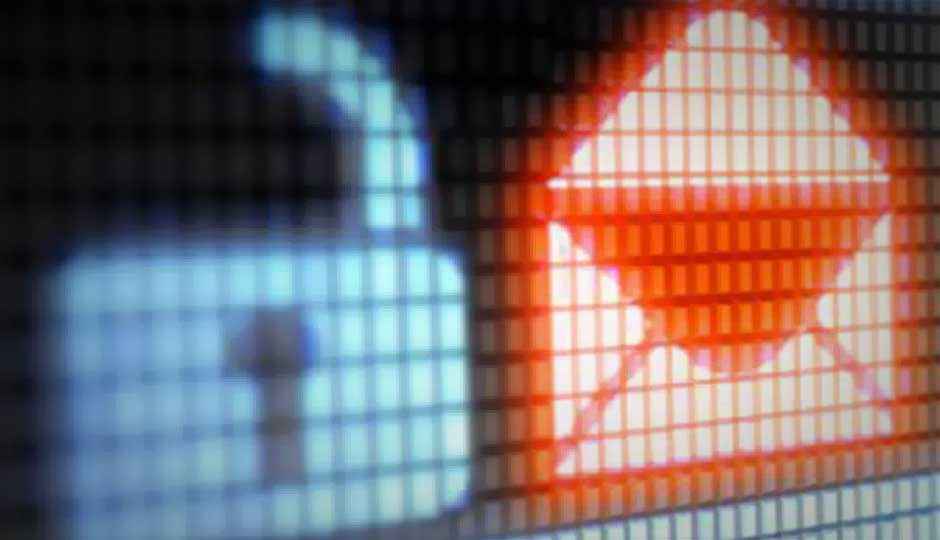Six tips for protecting your e-mail privacy

Sending an email message is certainly more private than posting on a social networking site, but email has its own dangers. Here are six tips to help you communicate without risking your privacy.
By now we all know not to post sensitive information on social networking sites. Even with privacy settings enabled, that angry political rant or embarrassing beach photo can easily become the next viral Internet sensation. By comparison, email seems like a much safer communications medium, but you can still get into trouble if you lose control of your account. In addition, email messages bounce unprotected from server to server, so private information might be compromised. Here are six tips to protect your email account and your private messages.
1. Use a Strong Password. You give out your email address all the time; it’s not really private information. That being the case, the only thing protecting your account from misuse is the password. A malefactor who guesses your too-weak password gains full control of your email account. Protect your account with a strong password, especially if you use a Web-based email provider like Gmail or Yahoo mail.
2. Beware Public PCs. If you check your email on a public computer in a library or Internet café, be absolutely sure you’ve logged out before leaving. Even then, you might be leaving behind traces that could give the next user too much information about you. Follow PCMag’s advice to Use Public Computers Safely.
3. Protect Your Address. It’s true that you give out your email address every time you send a message, but there’s no need to give it to the whole world. Don’t include your email address in comments on blog posts, or in social media posts. Spammers and scammers scrape pages all the time looking for new victims.
4. Lock It Up. If you step away from your desk, lock the Windows desktop or close your email client. Otherwise a sneaky co-worker could read your mail or even reset your login password. Hold the Windows key and press L to lock the desktop instantly.
5. Don’t Be Fooled. Oh, dear. Your email provider has sent you notification of a security breach, with a link to reset your password. Don’t click that link! It’s almost certainly a fraud, designed to steal your email account password. If you have any doubts, navigate to the email provider’s site directly and double-check.
6. Use Encryption. Sometimes you just have to send sensitive information by email. To keep your data safe, save it as a document and use your word processing application’s built-in encryption, or store the document in an encrypted ZIP file. Then share the password with the recipient separately. If you need encryption frequently, try a free email encryption product like PrivateSky or Enlocked.
Does implementing these tips seem like too much trouble? That’s nothing compared to the trouble you’ll face when you log on one morning and find that your email account just sent a million advertisements for “gentleman’s enhancement” products. A little effort now can head off big problems later.

